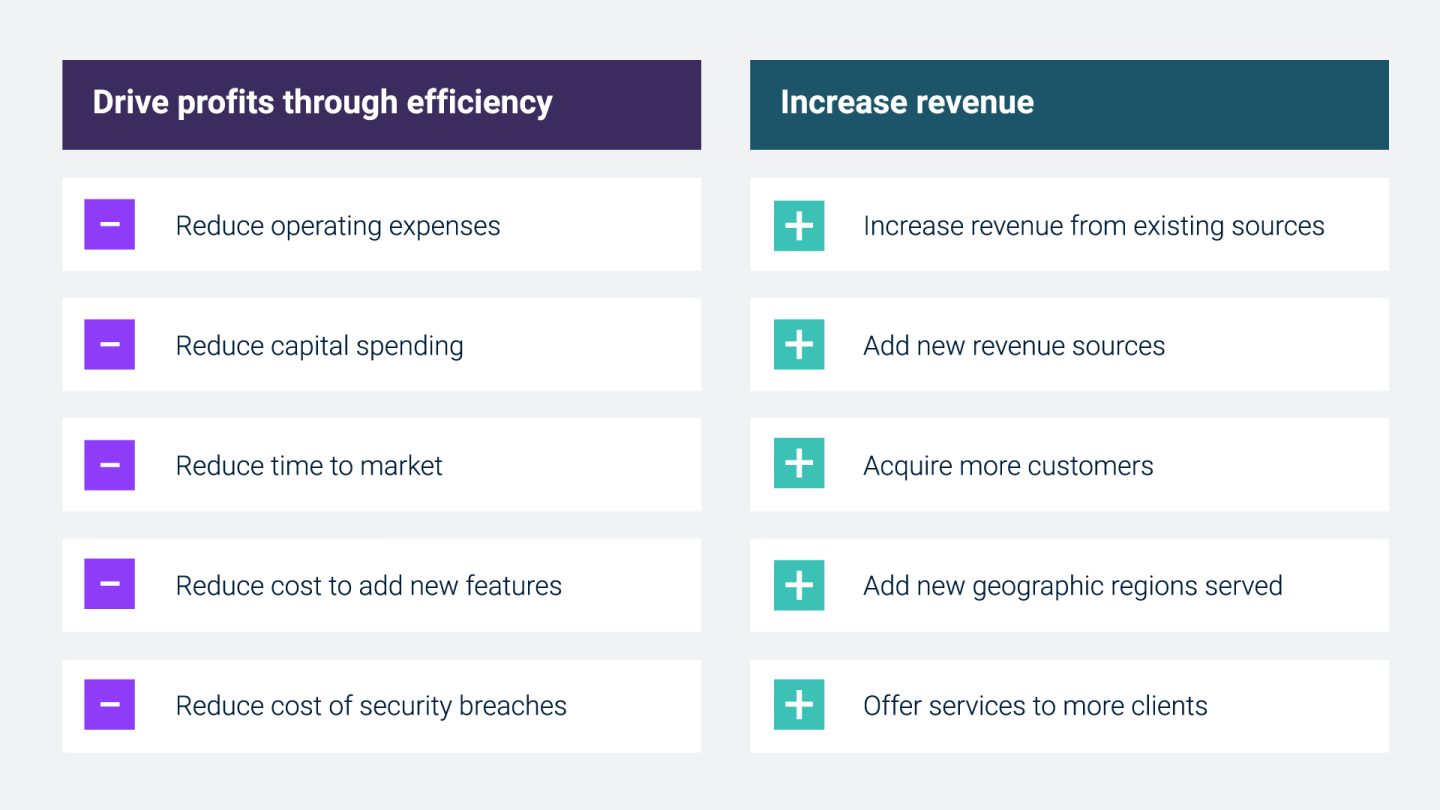You need to set business KPIs for your APIs. Here’s why.
Are your APIs reducing costs for efficiency or increasing revenue for growth? Not sure? Then it’s time to business KPI your APIs.

APIs are top-notch profit generators. They can accelerate innovation, improve business efficiency, and open the doors to new lines of revenue. But often, companies fail to harness the profit potential of their APIs by not aligning their API development and management with business objectives. Rogue APIs that respond to a passing need rather than driving towards strategic goals can proliferate. And the security gaps that unmanaged programs can create often go unnoticed until it’s too late. Metrics from these one-off APIs offer sparse insights when their KPIs lack context. To reach the full potential and longevity of any API initiative, a solid management strategy is critical. CIOs, you need to get your business and IT KPIs aligned!
Business KPIs for your APIs
The starting point is to ensure your APIs deliver on business goals. After all, isn’t the ultimate objective of any technological initiative to maximize value to the business?
Sync up with the business. Far too often, the API strategy loses sight of its business objectives. Sometimes it’s implemented altogether without business goals in mind. Like many other technological investments, API initiatives are often driven by IT rather than business requirements — making them hard to justify from an ROI perspective. As the API technology footprint grows, IT leaders risk ending up with runaway API portfolios that produce little value for the business. Worse still, many don’t even measure business value, leaving themselves unaware and exposed.
Gartner estimates that by 2023, more than 70% of application leaders with active API strategies will lose executive backing and continued investments due to lack of measurable business value.
So, check in with your IT team and review their metrics — are their KPIs purely operational or do they reflect the broader value of APIs to the business? Is the API platform team on board with tracking business value KPIs? Are your APIs reducing costs for efficiency or increasing revenue for growth? If you’re not quite there yet, you can optimize your strategy for APIs that achieve the following:


Showcase API-driven gains
Encourage IT to report on business KPIs. Once the IT team has streamlined their API strategy to target APIs that deliver on business goals, you’re primed to foster a culture of effective communication between IT and business stakeholders.
Achieve this by encouraging IT teams to regularly report on API performance in terms of value to the business. Not only does this encourage a business-first approach to APIs, but it also empowers your IT teams to fully own these KPIs and the associated business value — giving them the leverage to secure the funding and recognition they deserve. On the flip side, you also ensure that they are held accountable and are delivering consistently for the business. It’s a win-win!
Next-level API management
Reaping the benefits of API management is simple if you begin with the right strategy. Consider how APIs support your overall business profitability, not just direct or indirect revenue. Think about how APIs make business processes more efficient, save time and money, and support or speed up innovation. Which KPIs can you implement to measure the overall contribution of your API program to the business?
An important step is empowering your IT department with a solid API management solution that delivers against both IT and business requirements. What does that look like from a technical perspective?
Peril-proofing. Given the high degree of exposure that an API-first digital strategy entails, security is non-negotiable table stakes for any business’s API management strategy. Enterprise quality security protects your investments and ensures that your API initiatives are the topic of boardroom discussions for all the right reasons.
One-stop mission control. With the right API solution, your IT team should be able to connect to and get value out of existing systems without having to rip and replace legacy investments. Not only does it equip the team with a single platform to run everything while surfacing previously inaccessible data and insights — it also unlocks new revenue streams.
Comprehensive, end-to-end lifecycle support and governance. Given the tendency for APIs to pop up like weeds after a spring rain, it’s critically important to have a centralized governance and end-to-end lifecycle management model that ensures there is no duplication or gaps in the system.
Optimize the API strategy for business value. Once you have the IT aligned with tracking business KPIs, you want to start making sure that they are boosting the broader API strategy to deliver business value. Business goals differ across organizations, but two that cut across most are (1) to reduce costs for efficiency, and (2) to increase revenue for growth.
Conclusion
Wrangling free-range APIs into a strategically managed program that produces genuine business value doesn’t have to be a struggle. The path is more straightforward than you might realize. Levelling up your API management and getting your IT leaders on board with optimizing for business goals can go a long way towards securing the promised value of APIs!